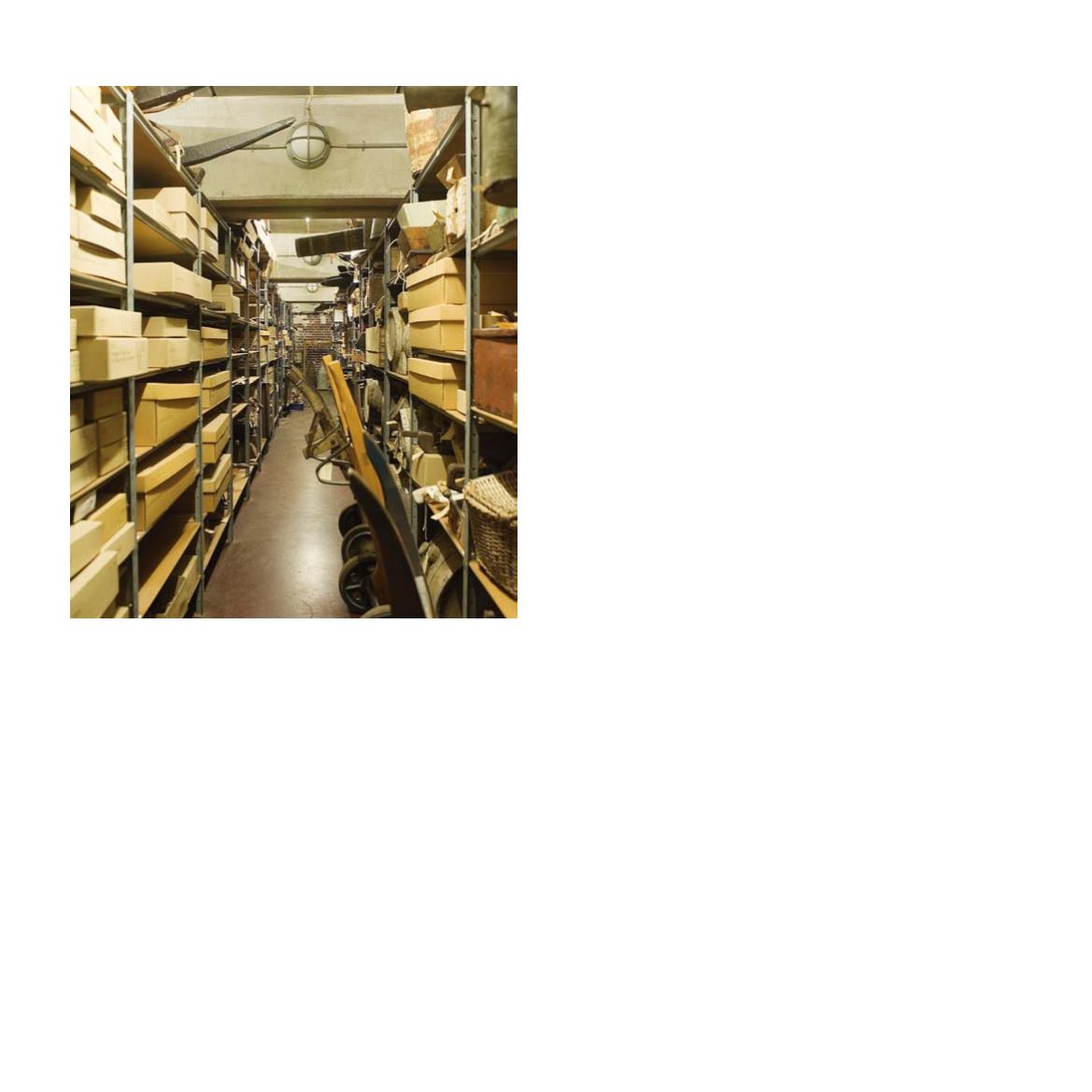

Bro mellem museums- og universitetsforskning,
Sjæklen
1999
, p. 141.
9.
Dansk Museums Dokumentations Standard er et grund-
læggende princip for registrering på museerne i Danmark.
Se mere på Kulturstyrelsens hjemmeside:
http://www.kul- turstyrelsen.dk/institutioner/driftstoette/museumsdrift/vej-ledninger/registrering-paa-museer/.
10.
Poul Holm: Status efter tredive års indsamlinger og un-
dersøgelser,
Sjæklen
, 1987, p. 17-18.
11.
Rapport m.m. fra samlingsgennemgangen findes i mu-
seets arkiv under sagsnr. 3013.
12.
Museernes Samlinger findes på Kulturstyrelsens hjem-
meside på adressen:
https://www.kulturarv.dk/mussam.13.
Bekendtgørelse af museumsloven 14/12-2006, § 14, stk. 10.
14.
”Om Museernes Samlinger” på
www.kulturarv.dk/mussam.15.
Torben Witt: Registrering på kulturhistoriske museer,
artikel udgivet af Kulturarvsstyrelsen april 2004, p. 2.
16.
Fiskeri- og Søfartsmuseet har ikke benyttet klassifikati-
onssystemet til sine registreringer, og kan derfor ikke bruges
ved søgning i museets samling. Det skyldes, at klassifika-
tionerne er utilstrækkeligt for et specialmuseum, idet der
mangler de nødvendige underopdelinger af emnerne fiskeri
og søfart. Desuden kan registreringssystemet Regin ikke
håndtere et stort antal registreringer med samme kategori
tilknyttet.
Summary
During 2013, the Fisheries and Maritime Museum pub-
lished its registrations on the central online culture register
(Museernes Samlinger – the Museums’ Collections), which
presents the collections in an entirely new way as citizens
interested in cultural history can now sit at home in their
living rooms and search for a specific name or item, which
is displayed with photo, description and history. This is only
possible because since 2001, the museum has been making
a comprehensive review of its collections, updating them to
a new registration system which complies with today’s re-
quirements and standards. The entire cultural history collec-
tion was reviewed, and a systematic and thorough following
up and improvement of all original registrations since the
museum’s establishment in 1968 was made with the aid of
changing systems and employees. The increased focus has
given a qualitative lift to the entire registration area, which is
one of the museum’s statutory tasks, but which has been put
a little in the background for many years in relation to the
other tasks – collection, preservation, research and commu-
nication. The great majority of the museum’s visitors simply
look at the displays and are not immediately aware of the
underlying work or the content of the museum’s collections,
but with the publication of the museum’s collections, the
communication has been given a new dimension, and it is
possible to look behind the scenes and research the diversity
of items and historical evidence in the museum oneself.
Et kig ind i museets magasiner, som befinder sig i kælderen under
museet. Foto: Brian Kristensen, 2009.
146









